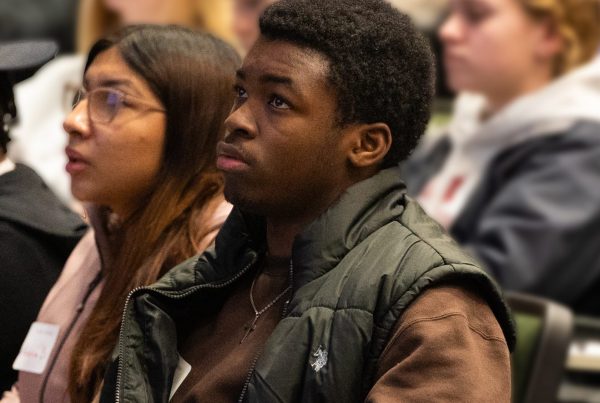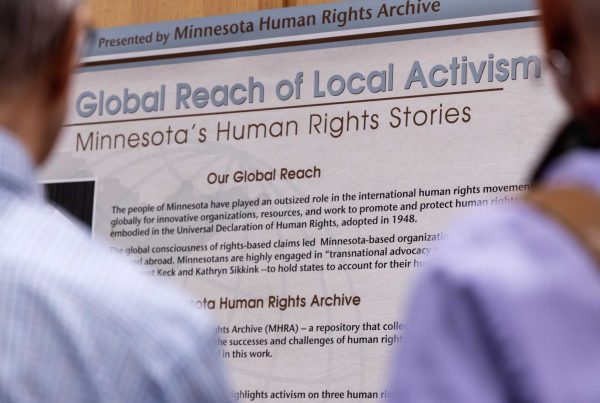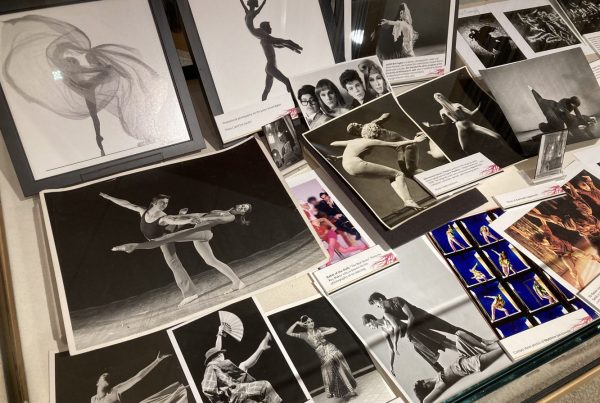By: Mary Blissenbach, Archives and Special Collections staff
 What will training student staff be like in the future? This fall it has been announced that many schools will no longer teach cursive handwriting in schools and instead focus on computer skills, typing, etc. Our current batch of student staff assist with projects such as looking over documents for key items/names, entering data into a spreadsheet that may currently be handwritten, organizing documents in folders and writing on the folder what it contains or giving it a name, such as “Correspondence From John Doe”.
What will training student staff be like in the future? This fall it has been announced that many schools will no longer teach cursive handwriting in schools and instead focus on computer skills, typing, etc. Our current batch of student staff assist with projects such as looking over documents for key items/names, entering data into a spreadsheet that may currently be handwritten, organizing documents in folders and writing on the folder what it contains or giving it a name, such as “Correspondence From John Doe”.
Currently a star student, Matt, is working on a project of entering a list of handwritten data into a spreadsheet to then be posted on-line as a finding aid to help researchers find items in the collection to use. He is doing a great job, but told us the other day that he needed a break from reading all the cursive handwriting. I asked him what some of his thoughts are on working on a project like this and he has found some tips and tricks along the way to help. He had to spend a little time remembering what some of the cursive letters are to help him read what is on the page. He also noticed that each page seems to be written by a different person and each person has a different writing style. He has to take some time adjusting to how each person writes.
Pictured is an example of what he is working on.
In the future, we may have to have a course on “How to Read Cursive Handwriting” for our student staff. That will enable them to continue the work projects similar to what they have been doing.
Here is a list of what training student staff in the future could look like:
- Handwriting – how to read and how to use
- What paper documents are – before everything was electronic, paper was used in a typewriter or a printer for a computer
- What a book looks like – has paper and binding. Books have not always been electronic
- Music used to be on records, tapes, and CDs.
As we transition into electronic storage formats, who knows what the future holds for student training. They may even be able to teach us a thing or two along the way.





